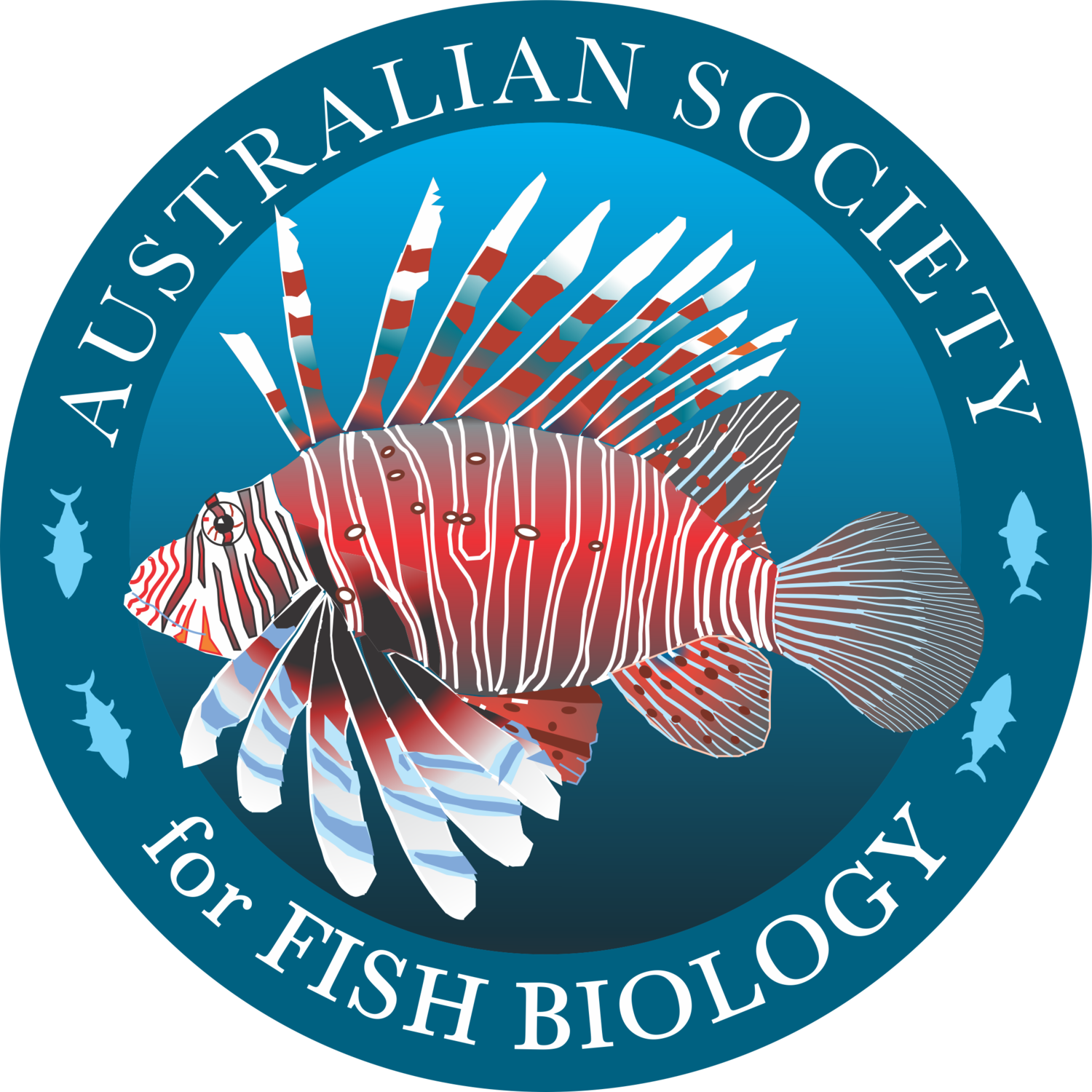Olive perchlet in the Lachlan catchment
Adam Kerezsy recounts a recent expedition to find olive perchlet, one of the rarest species in the Lachlan River.
The olive perchlet (Ambassis agassizii) is considered endangered in the Murray-Darling Basin.
Olive perchlet are one of the rarest fish in the Lachlan River in the middle of the Murray-Darling Basin, and are currently known from only one location: upstream of a weir that is halfway between Lake Cargelligo and Hillston.
Olive perchlet belong to the family Ambassidae, collectively referred to as ‘glassfish’ because of their translucent bodies. There are several species that occur in northern and central Australia, and also in New Guinea; however, the species in question here, Ambassis agassizii, although common in coastal rivers on the eastern seaboard, appears to have declined in the Murray-Darling Basin in the time since Anglo-European colonisation and associated river regulation. Their common name gives an indication of their stature: they are a perch, like much bigger distant relatives like cod and yellowbelly, but they are massive at 50 mm and old at two years, so ‘perchlet’ is very appropriate.
It’s difficult to pinpoint reasons why olive perchlet are rare. Along the coast, the species appears to compete successfully alongside alien fish like live-bearing guppies, platys, swordtails and gambusia. In the rivers of far western Queensland, a closely-related species is mostly present and booms after floods. In other words, fickle rivers and a fair amount of competition don’t seem to be limiting factors to the success of the species in other places, and it’s reasonable to assume – as many fish ecologists do – that olive perchlet used to be more widespread and abundant in the meandering rivers of the Murray-Darling Basin.
As with many Murray-Darling Basin species, it seems likely that a combination of negative factors has contributed to the apparent decline. River regulation disrupted flows and breeding cues and cycles. Barriers like dams and weirs prevented up and downstream migration. Following the carp explosion, in-stream vegetation – a favoured habitat – diminished, and introduced predators like redfin perch would almost certainly enjoy a mouthful of olive perchlet when the opportunity presented itself.
But all that said, we really don’t know. This is because – unfortunately – by the time we collectively started working out what did and didn’t live in the Murray-Darling Basin, the rivers were already compromised. You could say the horse had already bolted.
What we do know is that we still have at least one population of olive perchlet in the Lachlan, so it’s likely they are more widespread; it’s just that we haven’t found them yet.
In mid-March 2020, two members from the Australia and New Guinea Fishes Association (ANGFA) travelled to the weir pool with their small box traps and dip nets to assist DPI Fisheries and State and Commonwealth environmental water managers (DPIE–EES and CEWO) to gauge the status of the Lachlan River olive perchlet population. The timing was important, given the recent water shortages within the catchment. As Commonwealth and/or NSW environmental water has been (and will continue to be) used to assist the olive perchlets through drought, I went along with a set of fyke nets to conduct a formal population and habitat assessment.
ANGFA members are a diverse group, but they all have one thing in common: they absolutely love fish. As soon as I arrived, I remembered NSW President David Matheson from talks I had given at ANGFA meetings in the past. His accomplice this time was Lachlan Nevinson, a fish-obsessed shearer from Holbrook. Dave and Lachy had already done a bit of fishing and had already found a few olive perchlet and other local native species, but they were extremely keen to pull on their waders and head out to set the bigger fyke nets and see what turned up overnight.
Setting and retrieving nets and taking samples is OK by yourself, but the time always passes much faster when there are likeminded people to share the work with and chat to, so there are no prizes for guessing the general content of the conversations.
The population of olive perchlet in the Murray-Darling Basin is listed as endangered. This is probably a good thing, but it presents challenges for hobbyists/naturalists/conservationists like Lachy and Dave. As much as they would love to be directly involved in taking immediate action and breeding up our endangered species in captivity, there are complex processes and legislation to be navigated, which can dampen some of the enthusiasm. This is a bit of a shame, because those of us who work professionally on fish mostly don’t have the time, the facilities or – in some cases – the expertise to care for and breed fish under captive conditions. We all love fish, too, but in a slightly different way.
As we dragged the nets in the following morning, we were all gratified to find a juvenile olive perchlet that was only 17mm long, as well as adults ranging up to 45mm. This meant that the community in the weir pool had spawned with at least some success in spring and summer 2019/2020, but we all agreed their future was still hard to predict. With a bit of luck, people like Lachy and Dave will stay interested in conserving our threatened native species, and with a bit more, hopefully at some stage they may be able to take a more active role in breeding populations for re-release in other suitable locations.
This piece was written by Adam Kerezsy (Dr Fish Contracting). It was originally published in the July 2020 edition of Lateral Lines, the official ASFB newsletter.

